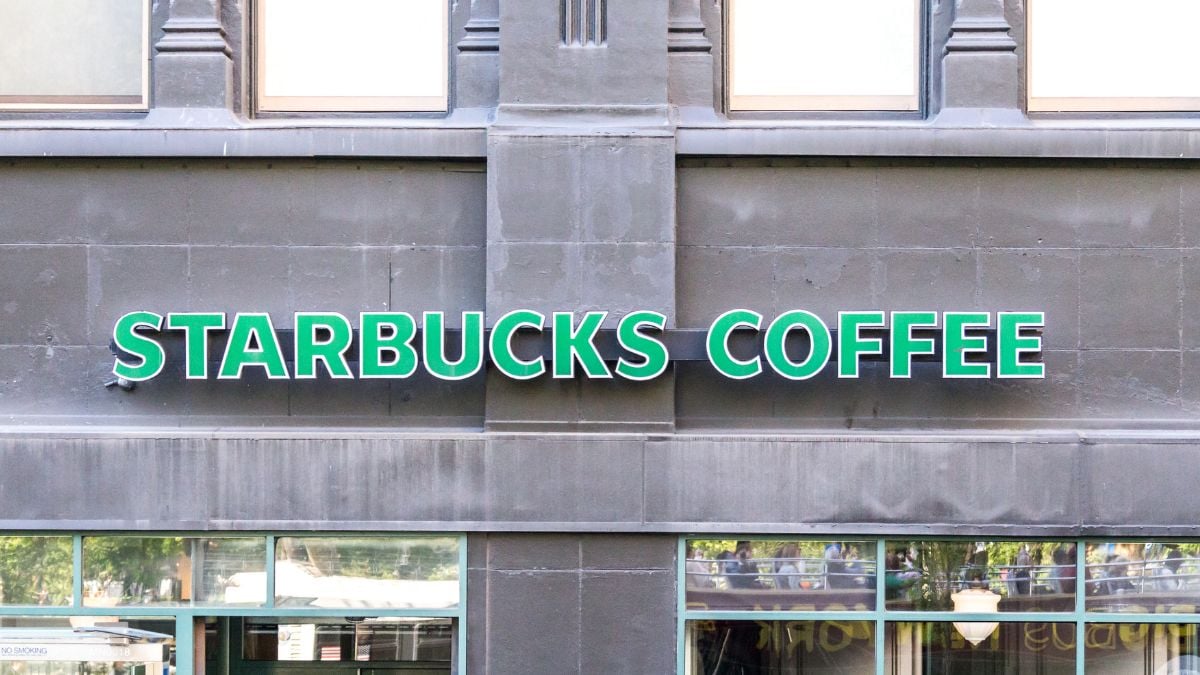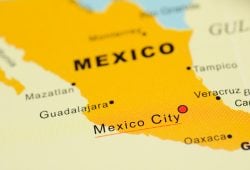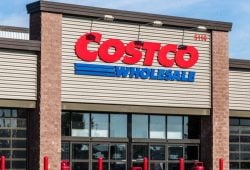
Starbucks CEO Brian Niccol announced a series of layoffs affecting more than 1,100 employees in the global support teams. This change is part of a restructuring aimed at optimizing the company’s operations and focusing on its “Back to Starbucks” strategy, which seeks to reverse the crisis the company is facing.
In a statement issued on February 24, Brian Niccol reported that Starbucks will eliminate 1,100 current positions in its global support team, in addition to canceling several hundred open positions that were never filled. This restructuring will not affect store employees or investments in customer service hours.
According to Niccol, the goal of this measure is to simplify Starbucks’ organizational structure, eliminating layers of bureaucracy and reducing operational complexity. With this, the company aims to increase efficiency, improve internal accountability, and ensure better integration in its processes.
Who will be most affected by Starbucks layoffs?
The layoffs will specifically impact employees in corporate and support roles, primarily those in mid-level and administrative positions. The company has also informed that changes in reporting structures and responsibilities will be communicated directly to affected employees before the end of the week.
On the other hand, Starbucks will continue hiring for key positions aligned with its new support structure. This means that while some roles will be eliminated, others may be created with a more strategic focus.
READ ALSO. How much does a coffee cost at Starbucks in 2025? Inflation hits your favorite drinks
What are the reasons behind this decision?
Starbucks has faced several challenges in recent years. According to recent data, the company’s sales have declined for three consecutive quarters in 2024, marking the longest decline streak in its recent history. Among the main reasons for this downturn are:
- High prices: Some customers have stopped frequenting Starbucks due to rising drink prices.
- Long wait times: The high volume of mobile orders has overwhelmed baristas, causing delays in service.
- Labor disputes: An increasing number of stores have opted to unionize in protest over working conditions, including wages and benefits.
To counteract this situation, Starbucks has decided to make adjustments in its structure and operations to simplify its internal processes.
Will there be changes at Starbucks corporate offices?
Yes. As part of the newly announced measures, Starbucks has also implemented changes in executive in-office requirements. Vice presidents and higher-level executives in North America will be required to work from the Seattle (U.S.) and Toronto (Canada) offices at least three days a week.
For employees currently working remotely in director or lower-level positions, the remote work policy will remain in effect. However, new hires for corporate positions will be required to be based in Seattle or Toronto, except for designated exceptions.
How will Starbucks support laid-off employees?
Starbucks has assured that it will offer a comprehensive severance package for employees losing their jobs. Additionally, the company will provide support for career transitions, including health benefits and professional outplacement services.
The notification process will begin on February 25, and the company has committed to communicating the information transparently and with the respect that employees deserve.
What’s next for Starbucks under Brian Niccol’s leadership?
Since Brian Niccol took over as Starbucks CEO in August 2024, his goal has been to restore the brand’s essence as a “community coffeehouse” rather than a business focused on fast service for to-go orders. Among his initiatives to revitalize the company are:
- Reducing menu complexity: Starbucks will eliminate certain low-selling and difficult-to-make drinks, such as some Frappuccinos and White Hot Chocolate.
- Enhancing the in-store experience: Comfortable seating areas will return, and classic brand elements like barista-drawn cup designs will be reintroduced.
- Optimizing internal operations: The company aims to reduce customer service delays and improve process efficiency.
In an effort to revitalize the company, Niccol has focused on strategies similar to those he implemented at Chipotle, where he led a successful business transformation.











